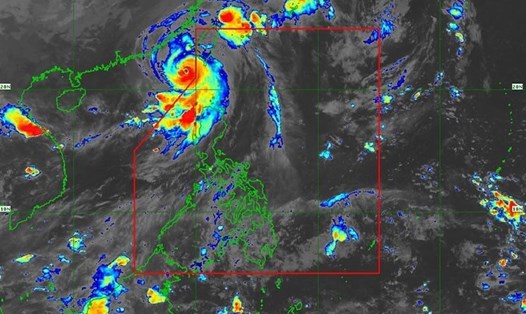Hurricane Kirk strengthened into a Category 3 storm in the Atlantic Ocean on October 2 (local time) and is expected to quickly develop into a major hurricane, the US National Oceanic and Atmospheric Administration (NOAA) said. This is the 11th named storm of the Atlantic hurricane season.
The storm was located approximately 1,855 km east-northeast of the Lesser Antilles with maximum sustained winds of 195 km/h. Kirk was moving northwest at 19 km/h), and was expected to gradually turn north-northwest and then north.
The storm's large waves could affect parts of the Leeward Islands and Bermuda over the weekend, potentially causing life-threatening surf and rip currents, the US National Hurricane Center (NHC) said.
Meanwhile, Tropical Storm Leslie formed late on October 2 in the eastern Atlantic and could strengthen into a hurricane by the weekend. So far, no warnings have been issued for either storm along the coast and there is no threat to land.
The new storms come as many people in the southeastern United States remain without clean water, cell phone service and electricity due to the effects of Hurricane Helene. Rescuers are still searching for people missing after the storm made landfall last week.
This is the time when many hurricanes form and are active in the Atlantic Ocean, affecting some coastal areas of the United States.
If visitors plan to visit the above areas during the Atlantic hurricane season (which lasts until the end of November), they should actively monitor weather conditions and warnings from local authorities to proactively respond.



